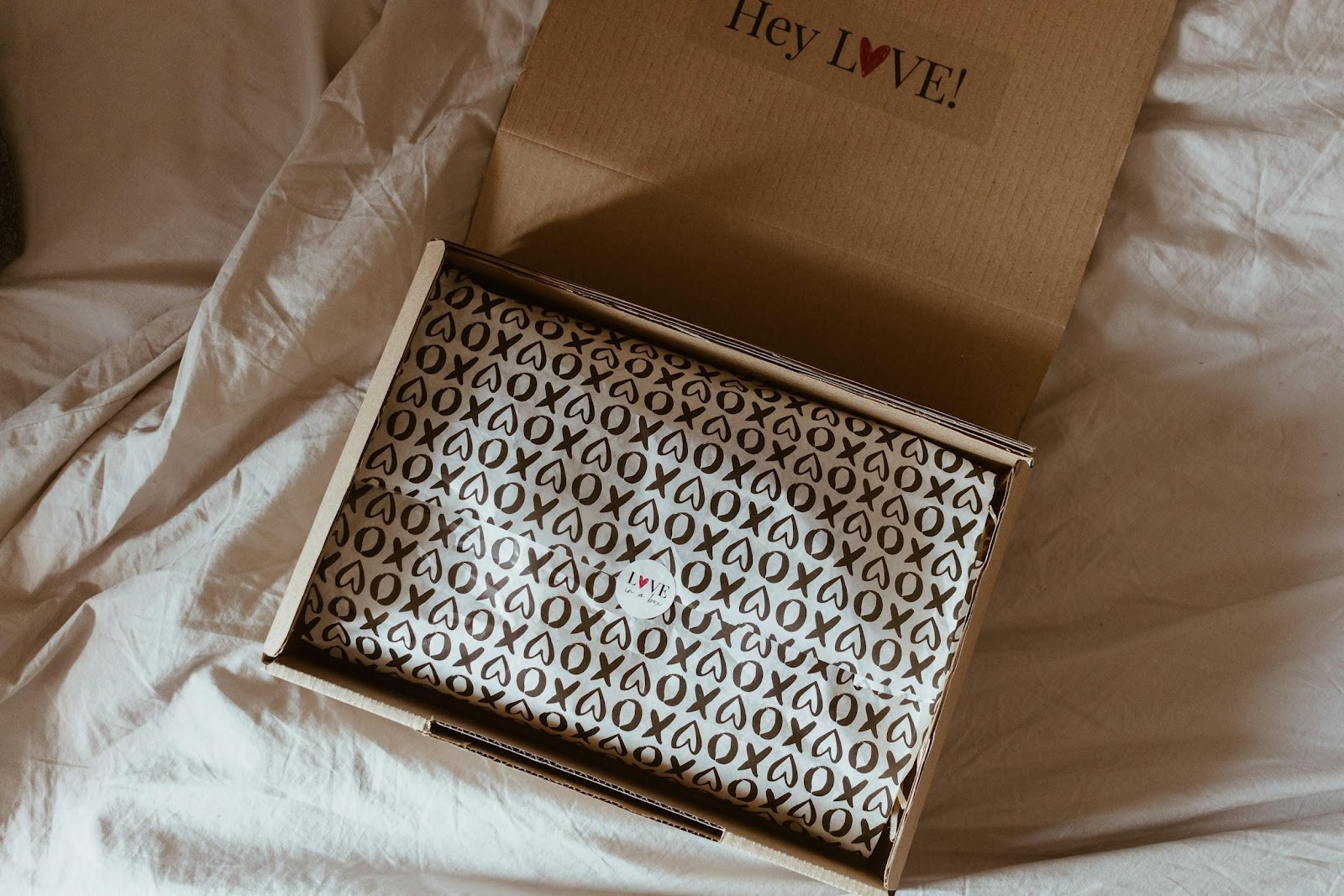When running a small business, you need to pay attention to every detail to reach your desired level of success. Among many other things, this also includes product packaging.
While you might not judge a book by its cover, customers judge a product by its packaging. If your packaging aligns with your brand and appeals to your audience, it works like a charm for your image and sales. But if it falters in meeting your values, it can bring down your whole operation.
To help you master this crucial aspect, the following guide sheds light on creating product packaging for small businesses.
Figure Out the Basics
There’s no denying that designing the right product packaging is one of several ways to increase product visibility. But to achieve this goal, you need to figure out a few basics. By deciding between premade and custom packaging as well as different processes to meet industry standards, you can determine your most essential needs. You can then make your way through the rest of the process.
Perform Market Research
Once you have figured out the basics, you can perform market research to see how your essential requirements hold up against the latest trends. During this phase, you can discover what your competitors bring to the table and what your audience expects of you. You can also determine if using options like an accelerated aging calculator could give you an edge over your competition.
Determine What Sets Your Brand Apart
After you understand your needs and have done some market research, you can compare your findings to assess what sets your brand apart from your competitors. This is where you can look into your values and mission to model your packaging after them. For example, if you sell environmentally friendly products, your packaging could reflect their benefits by being recyclable or reusable.
Design a Few Concepts

Whether you use an online whiteboard platform or depend on in-person meetings, collaborating with your team can help you with a few design concepts for your product packaging. Here, you can choose between general and custom designs and several packaging materials. This step is crucial in helping you shape exactly how your products appear to your customers.
Get Quotes From Vendors
Whether designing packaging for a new product or revamping designs for an old solution, dedicate time to shopping around different vendors. When you get quotes from various packaging providers, you can easily choose the best possible pricing on the market to save some funds. At the same time, you should ensure you’re not bargaining on quality.
Create Sample Packaging
After you’ve finalized a few designs and shortlisted vendors, it’s time to move on to creating sample packaging. Similar to using a vacuum sealer in the kitchen, vendors can use various tools to create sample designs for you. By holding these sample packaging options in hand, you can determine their quality and move forward with making a decision.
Test Your New Packaging
The next step in your journey comes in the form of testing your packaging. You can do this in a variety of ways. The best options are controlled focus groups. These allow you to see how your packaging is perceived by audiences. Alternatively, you can launch different versions of your packaging to do A/B testing. You can then gather customer comments through a survey platform.
Continue Improving Your Packaging
Even when you bring your packaging to market, you shouldn’t rest like your work is done. You should keep an eye on how your packaging performs in the market and what your customers have to say about it. Using tools like a project management app, you can easily handle the feedback and performance of your new packaging. From there, you can continue improving your packaging for more success.
With these guidelines, you can create fresh product packaging without running into avoidable hurdles. This can help you improve your offerings and take your small business to new horizons.




